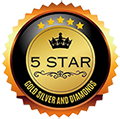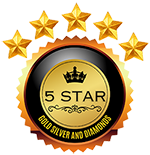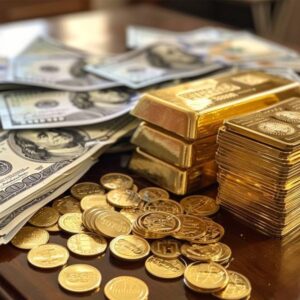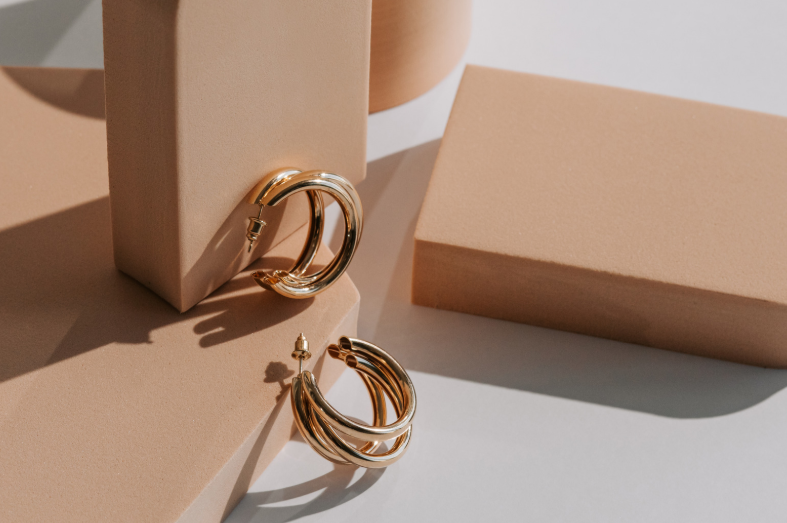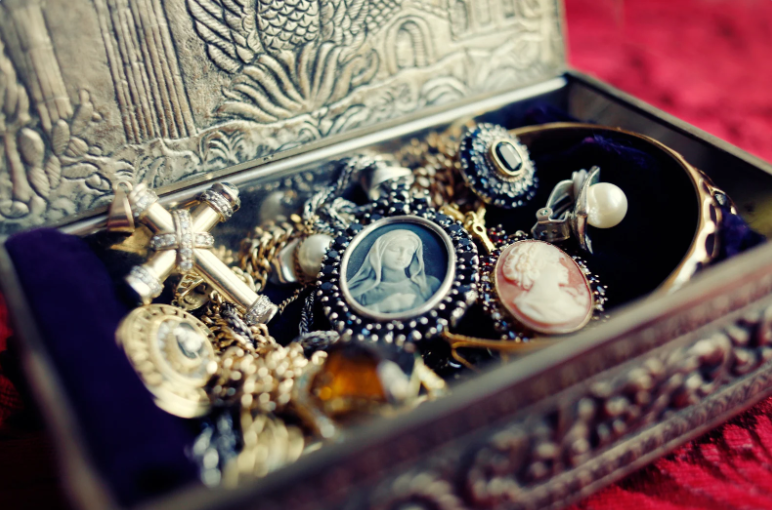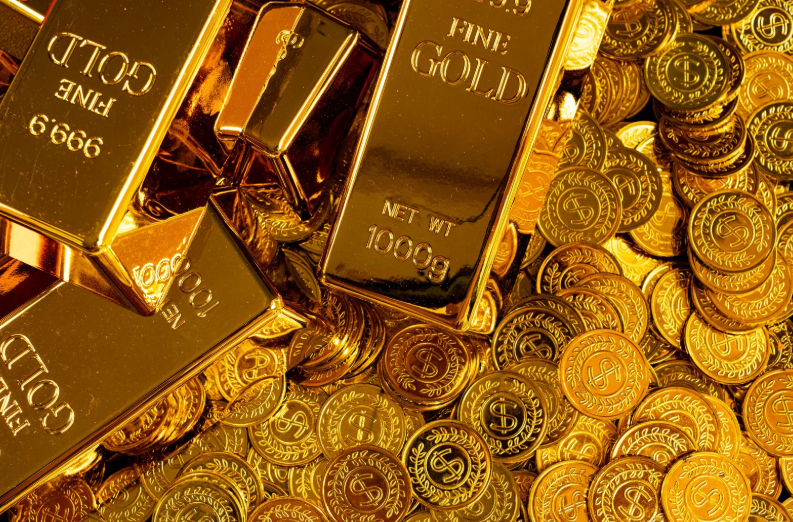When most people think about selling gold, they imagine pristine jewelry: polished rings, shining necklaces, and flawless bangles. But what happens when your gold is outdated, broken, or simply out of style? That’s where gold buyer Kelowna experts step in.
Even damaged or old-fashioned gold pieces can hold significant value if you know how to assess them. In this guide, we’ll explore how professionals determine the worth of broken chains and outdated jewelry.
Why Old and Broken Jewelry Still Matters
Gold is timeless. Unlike trends that fade, gold retains its intrinsic value, no matter how worn or outdated the piece may look. That means even broken chains, tarnished bracelets, and single earrings can fetch a fair price, as long as a proper valuation is done.
Beyond the metal itself, older jewelry can have collectible or vintage appeal. Some pieces, even if damaged, may carry historical or brand-specific value that improves their worth.
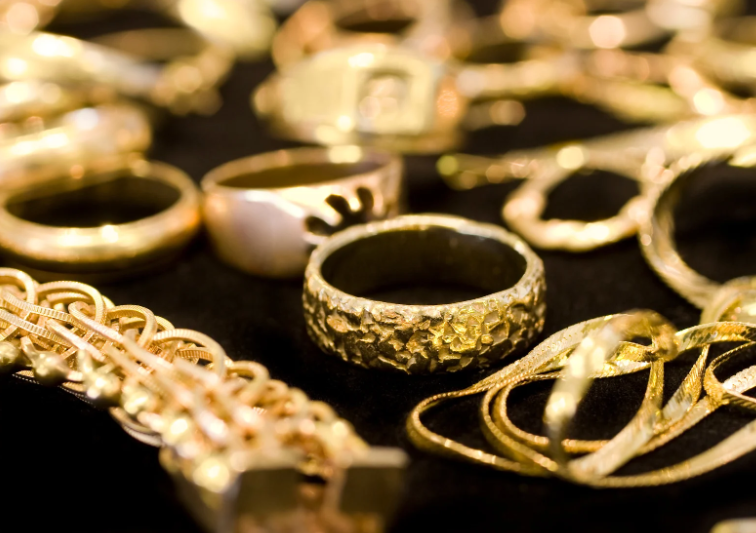
Key Criteria Used by Expert Gold Buyer
Professional gold buyers and valuers don’t rely on guesswork. Here’s what they look for:
-
Hallmarks
Hallmarks provide essential clues about the metal content and origin. Common stamps like 14K, 18K, or 750 indicate gold purity. Branded hallmarks (e.g., Tiffany & Co. or Cartier) can dramatically increase value, even for worn or incomplete items.
Experts use magnifying tools to inspect hard-to-see hallmarks, especially in clasps, rings, or the backs of pendants.
-
Weight of the Item
Gold is often priced by weight, so even a broken chain can be valuable if it’s made from solid gold. Authentic pieces will feel heavier and denser than imitation ones.
Even if your jewelry is broken or tangled, a jeweler will weigh it carefully to determine the amount of precious metal it contains.
-
Craftsmanship and Brand Recognition
High-end or handcrafted items often fetch more than mass-produced pieces. Even if the item is broken, a signature style or known maker can drive up its resale value.
-
Material and Gemstone Quality
Some older pieces may include genuine gemstones that still hold value. Gold buyers assess whether stones are synthetic or natural and evaluate their condition and setting.
-
Condition and Repair History
Wear and tear matter. Tarnish, missing stones, bent claws, and broken clasps reduce value, but not always significantly. In some cases, signs of age add character and charm.
Experts will also look for signs of past repairs. Well-done repairs maintain or even enhance value, while poor-quality fixes may detract.
The Role of Jewelry Repair in Valuation
Repairing your jewelry doesn’t always increase its market value, but it can help with presentation and usability. Experts will evaluate whether the repair work was minor (like polishing or re-tipping claws) or major (like resizing or soldering chains).
In some cases, chain repairs make the piece strong again. But in others, especially with lightweight chains, the repaired section might become stiff or fragile, lowering resale appeal.
Buyers may recommend part-exchanging damaged items for newer pieces, especially when repair isn’t economically worthwhile.
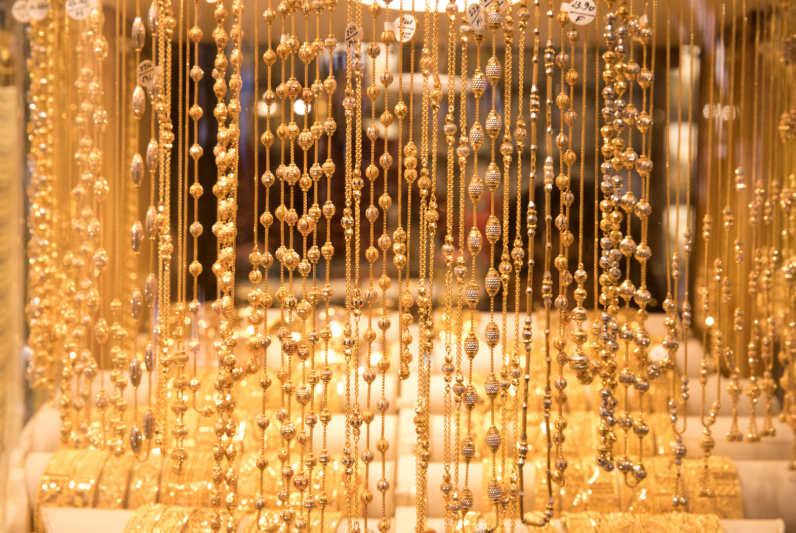
Do Repairs Decrease Value?
Not always. Minor repairs like professional polishing or gemstone tightening don’t generally reduce the item’s worth. But repeated or poor-quality repairs can affect structural integrity and aesthetics, which experts take into account.
A good repair job is often invisible and done with appropriate materials. Skilled jewelers match metal types and preserve the original design as much as possible.
Why Insurance and Appraisal Still Matter
If you have old, heirloom, or broken jewelry sitting in a drawer, it might still be worth insuring. A professional appraisal can help you:
- Establish fair market value
- Set proper coverage amounts
- Provide documentation for potential resale
Appraisals are especially useful before selling, gifting, or recycling jewelry.
How to Choose the Right Gold Valuation Expert
Selecting a qualified valuation expert ensures you get an accurate appraisal, not just for intact pieces, but especially for broken, outdated, or estate jewelry. Here’s how to make the best choice:
-
Verify Gold Buyer Certifications & Credibility
When choosing a valuation expert for your broken or outdated jewelry, the first thing to check is whether they hold proper certifications. Qualified appraisers are often members of respected industry organizations such as the National Association of Jewelry Appraisers (NAJA) or follow standards like the Uniform Standards of Professional Appraisal Practice (USPAP).
These memberships indicate that the expert has received formal training and adheres to professional ethics. Ideally, they should also hold a Graduate Gemologist (G.G.) diploma from the Gemological Institute of America (GIA) or an equivalent certification, which shows they’re trained to identify gemstones and precious metals accurately.
-
Prior Experience
Experience matters, especially when evaluating items that are broken, vintage, or altered. Not every appraiser is familiar with second-hand or estate pieces, which often require a more nuanced approach to valuation. An expert who regularly works with fragmented chains, inherited jewelry, or worn items will understand how to assess these properly.
They’ll also be more likely to catch value in less obvious areas like historical design significance or rare craftsmanship. A reputable appraiser will also be transparent about their valuation process and should offer a written report detailing item weights, materials, gemstone condition, and current estimated market value.
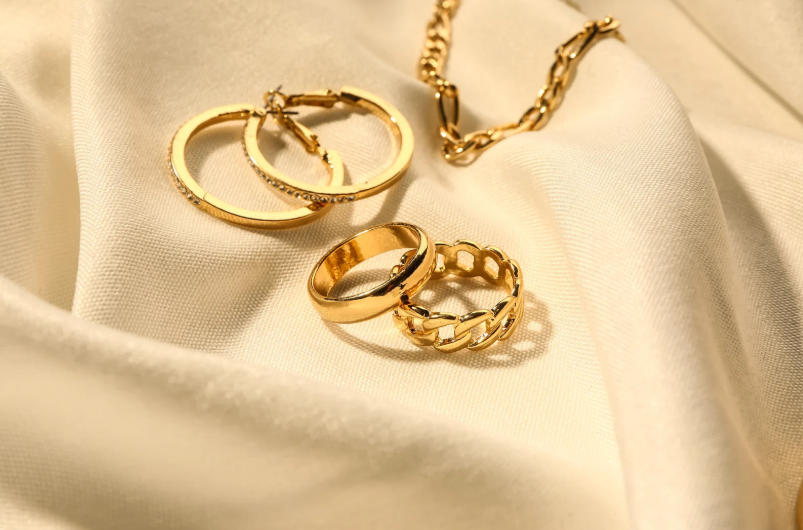
-
Independence & Credibility
It’s important to work with someone independent from resale outlets. An appraiser who’s also looking to buy your jewelry may have a conflict of interest and undervalue your item to get a better deal. Independent valuation specialists offer unbiased assessments because they aren’t financially tied to your selling decision.
To ensure further peace of mind, check their reviews on Google, Yelp, or the Better Business Bureau. A track record of positive feedback and consistent service is a good sign you’re dealing with someone credible.
-
Methodology & Pricing Model
Ask the expert how they conduct valuations. A professional will use proper testing tools like acid tests or X-ray fluorescence (XRF) analyzers to determine gold purity and authenticity. They should also have a clear pricing structure, preferably a flat fee or hourly rate.
Be cautious of appraisers who charge a percentage of the item’s value, as this can lead to biased estimates. Knowing what methods they use and how you’re being charged helps you avoid hidden costs and ensures a fair, consistent process.
-
Professional Associations & Ethics
Finally, confirm whether the appraiser is affiliated with professional associations such as NAJA, ASA, or Gem-A. These memberships reflect a commitment to ongoing education and adherence to strict ethical standards.
It’s also reasonable to ask for proof of credentials, liability insurance, or code-of-conduct compliance. An ethical appraiser will have nothing to hide and will be more than willing to walk you through their qualifications.
Final Thoughts
Before you dismiss broken or outdated gold jewelry as worthless, consider having it evaluated by a trusted expert. Even imperfect pieces can have real value, whether for their weight, rarity, craftsmanship, or collectible appeal.
Whether you’re looking to sell, repair, remodel, or insure, a professional valuation ensures you make informed choices. Gold buyer experts know how to look beyond surface flaws and see the lasting value beneath.
Your broken chain might just be worth more than you think.
